Instal Steam
login
|
bahasa
简体中文 (Tionghoa Sederhana)
繁體中文 (Tionghoa Tradisional)
日本語 (Bahasa Jepang)
한국어 (Bahasa Korea)
ไทย (Bahasa Thai)
Български (Bahasa Bulgaria)
Čeština (Bahasa Ceko)
Dansk (Bahasa Denmark)
Deutsch (Bahasa Jerman)
English (Bahasa Inggris)
Español - España (Bahasa Spanyol - Spanyol)
Español - Latinoamérica (Bahasa Spanyol - Amerika Latin)
Ελληνικά (Bahasa Yunani)
Français (Bahasa Prancis)
Italiano (Bahasa Italia)
Magyar (Bahasa Hungaria)
Nederlands (Bahasa Belanda)
Norsk (Bahasa Norwegia)
Polski (Bahasa Polandia)
Português (Portugis - Portugal)
Português-Brasil (Bahasa Portugis-Brasil)
Română (Bahasa Rumania)
Русский (Bahasa Rusia)
Suomi (Bahasa Finlandia)
Svenska (Bahasa Swedia)
Türkçe (Bahasa Turki)
Tiếng Việt (Bahasa Vietnam)
Українська (Bahasa Ukraina)
Laporkan kesalahan penerjemahan









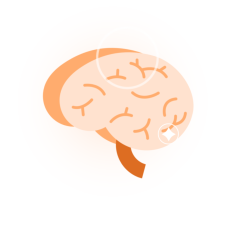

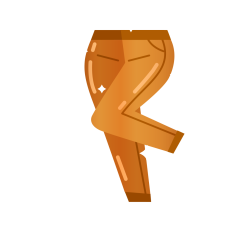
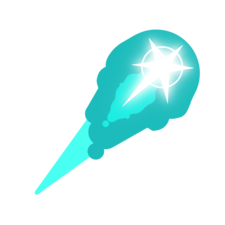
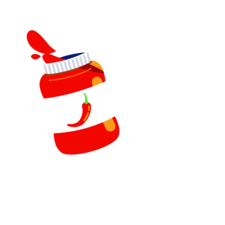







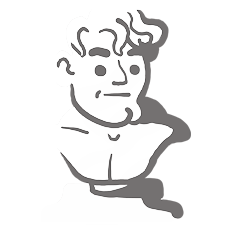














































There is something u forgot to ,mention, DONT jerk/mash the trigger, pull slowly and fully.
How they work, wouldn't have changed, or how to 0 a scope etc. GL though
Hello,
I am glad that this guide is still helpful to people, that means a lot to me and lets me know that this wasn't a waste of time. I have yet to try the game out in a while due to my rift s breaking and me having now learned just how much lower quality my quest 2 is. I'll get back into the game soon to put some updates in. From what I've seen anton has reworked the scopes so some of the info for the SFP vs FFP discussion may need to be redone since when I wrote this the LPVO optics were somewhat busted at max zoom.
I'm still thinking about what to put in.
All thanks to your guide
Also oftentimes your hands aren't nearly as shaky as you think and its just your controllers. If you've ever been shooting at any distance in real life you'll notice that really quickly.